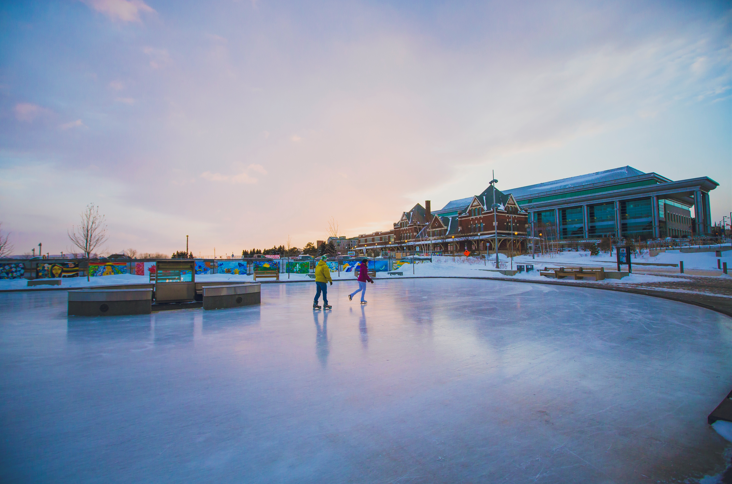THUNDER BAY – Thunder Bay’s population is growing.
According to census numbers unveiled on Wednesday morning, the city’s census metropolitan area jumped from 121,621 in 2016 to 123,258, an increase of 1.3 per cent.
That's the third-lowest increase of all of Canada's CMAs, with only Red Deer, Alta. and Saguenay, Que. having lower increases. The national average was 6.1 per cent.
It's the first time since the 2006 census that the Thunder Bay CMA has seen an increase, with the population actually decreasing between 2006 and 2016 by 264.
There are a total of 57,877 private dwellings within the CMA, 54,212 which are occupied by usual residents.
The population density per square kilometre is 48.3 per cent.
The city itself had a slightly more modest population increase, from 107,909 to 108,843, a jump of 934, or 0.9 per cent. There are 50,995 private dwellings, 4,8405 occupied by usual residents. The population density of Thunder Bay is 332.1 per square kilometre.
Locally, several communities saw population increases, including Shuniah, which grew by a whopping 16 per cent, from 2,798 to 3,247. Neebing also climbed, from 2,055 to 2,241, a 9.1 per cent jump.
The news wasn't so good for a pair of Northwestern Ontario towns.
Among communities with 5,000 or more people, Dryden had the 12th highest population decrease, losing 4.7 per cent of its residents, dropping from 7,749 to 7,388, a loss of 361.
Fort Frances was No. 25 on the population decrease list, its population dropping by 3.5 per cent between 2016 and 2021, a loss of 273 people.
Smaller communities around the region also saw fewer people living there, including Marathon, which dropped to 3,138 from 3,273, a 4.1 per cent dip. Nipigon was down 10.3 per cent, from 1,642 in 2016 to 1,473 in 2021, while Terrace Bay dropped 5.2 per cent, from 1,611 to 1,528.
Kenora was down slightly, from 15,096 to 14,967, with Mantiouwadge growing by 1.9 per cent, from 1,937 five years ago to 1,974.
Fort William First Nation also dropped a bit, losing 17 people compared to 2016, and has an official population of 964.
British Columbia communities held down four of the top five growth percentages, led by Kelowna, whose population grew by 14.1 per cent, or 27,270 people. Chilliwack (12.1 per cent) and Nanaimo (10 per cent) were second and third, while Kamloops was fifth, also at 10 per cent.
Toronto had the highest total number of new residents, with 274,185 people moving to the city, it's population growing to more than 6.2 million. Montreal, at 4.29 million, is still Canada's second-largest city, while Vancouver checks in at No. 3, with 2.6 million living in the west coast city. Seven Canadian CMAs have more than a million people.
